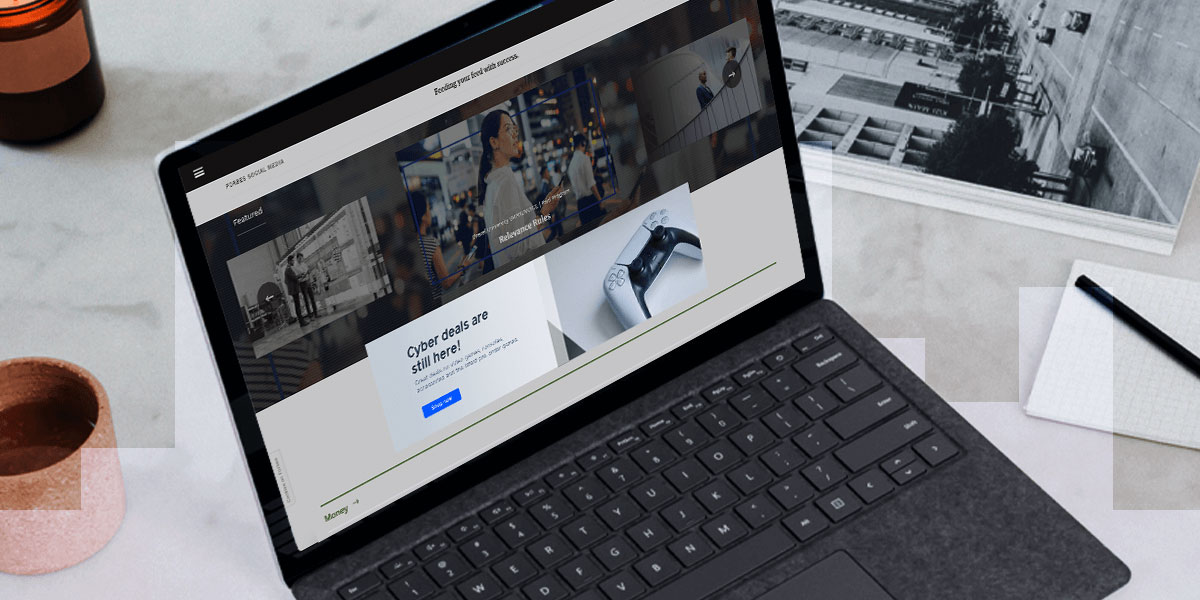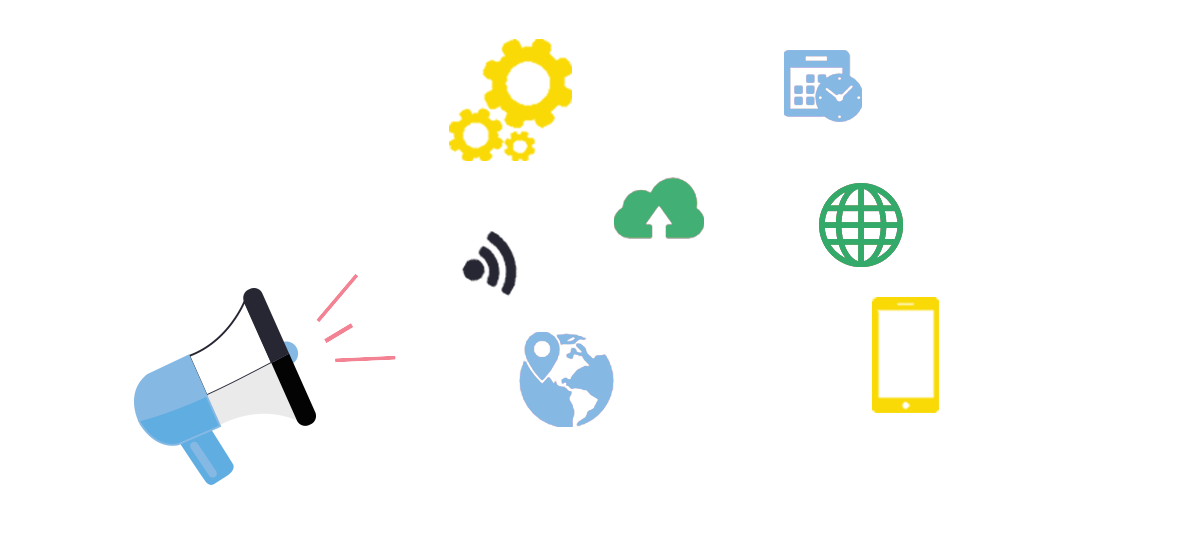
Programmatic advertising: what is header bidding?

2015 was the year of programmatic advertising. We saw the technology that helps advertisers publish their display advertising campaigns move effectively started to hit the mainstream. While programmatic advertising in the form of real-time bidding opened up the doors for advertisers to reach their audience it didn't completely automate the process.
Publishers found that they weren't getting the best deal for their inventory. They discovered that they had empty inventory on their website, or they were being forced to offer their ad space on their site at a reduced price simply because the demand in their network wasn't there.
Then came header bidding, a solution to help publishers get more for their ad space, and to give advertisers access more inventory with less constraint. But, what is header bidding and is it all that it promises to be?
What is header bidding?
Header bidding (which is sometimes also called pre-bidding or advanced bidding) is a type of programmatic advertising in which publishers can offer their inventory to multiple ad exchanges at the same time before making calls to their ad servers. Advertisers from different demand sources bid on the same inventory at the same time, giving them a wider choice of space and letting publishers take advantage of larger revenues.
How does header bidding work?
Put simply, header bidding is a technology that allows a publisher to receive bids for ad impressions from multiple demand partners, before making a call to their ad server.
Header bidding is different from other types of programmatic advertising because it requires that a line of javascript is placed in the sites header. This script initiates the auction for the buyers (i.e. advertisers), and the highest bid is sent to the publisher's ad server.
What are the benefits of using header bidding?
Header bidding is mostly seen as beneficial to publishers, but advertisers can reap the benefits too.
With header bidding, advertisers have more and better access to ad inventory. Acess to inventory is improved with header bidding because tag based integrations often obscure how much inventory is out there to programmatic buyers because they can’t see what publishers are using to fill their directly sold business. Header tag integrations generate bid requests for every impression available, giving buyers a much better picture of what ad space is available.
Further, not only do advertisers see all the inventory that’s out there for a publisher with header bidding, with the option of bidding in several channels at once. However, if buyers aren’t careful, there is a change that they could bid against themselves for the same impression.
Are there any drawbacks?
The biggest drawback with bidder heading is in its implementation. With any new technology, it takes time for new users to set it up and understand how it works and how its use can be optimized. There are also some myths attached to how well header bidding works, however, the long-term impact of header bidding has not yet been documented. Google has also identified some different challenges that header bidding presents.
Setting up header bidding is no easy task and for publishers, it involves tackling some complicated technology. Therefore, those who are interested in getting started with header bidding need to determine if this type of programmatic advertising will be overall beneficial to them.
In short, as with any new advanced technology, there are some different challenges that must be overcome and developments that are needed before it can hit the mainstream.
Header bidding: maybe a solution for publishers and advertisers
Header bidding offers an attractive solution for publishers, but advertisers can also take advantage of it too. Where publishers can benefit from larger revenues, advertisers can get access to better ad space to reach their future customers more effectively. However, for many, header bidding will just be another part of the complex, growing programmatic advertising landscape.
Do you need your display ads to be as flexible and powerful as programmatic buying? Try BannerFlow free for 14 days and see how you can make the most of your programmatic strategy.
Share this article







